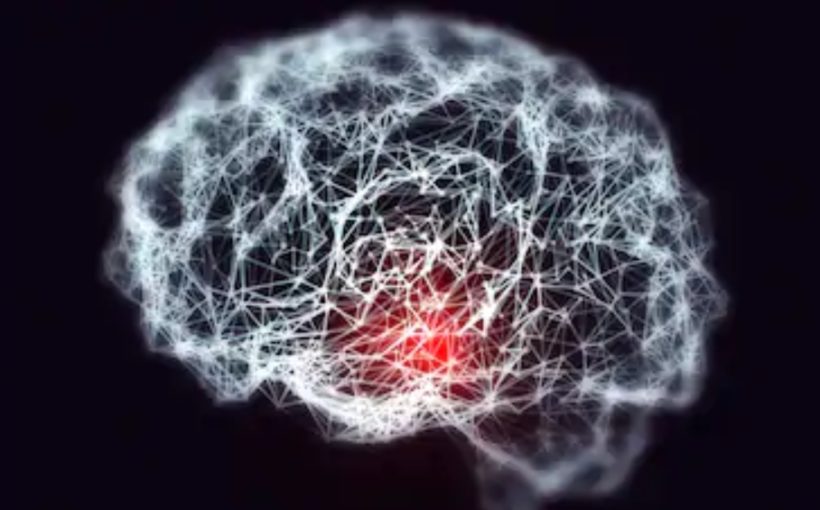Researchers at Karolinska Institutet in Sweden have identified 10 tumour-specific potential drug targets for the brain tumour glioblastoma. The results are presented in the scientific journal Cell Reports.
“We have found disease-related changes in the cells that line the tumour blood vessels, so called endothelial cells, which have long been considered a possible clinical target for cancer treatment,” says Lynn Butler, assistant professor at the Department of Molecular Medicine and Surgery, Karolinska Institutet, who led the study. “Proteins only expressed in the endothelial cells of the tumour vessels could be used as targets to attack the tumour’s blood supply, or for delivery of therapeutic agents, without affecting the normal brain.”
There are more than 200 different cell types in the human body, each performing their own role. Understanding the differences between these cell types helps us understand how organs work and how cells change in disease. Cell identity is determined by the specific proteins expressed, which can be predicted by measuring the protein transcripts found inside the cell. For the study, the researchers analysed human brain tissue and samples of the brain tumour glioblastoma, an incurable disease with a very high mortality rate.
Existing data on transcripts from whole human brain tissue has limited usefulness when one is interested in the properties of a particular cell type, as these samples contain many different brain cell types. Now, the researchers have developed a new method to process this data and identify transcripts only expressed in certain types of brain cells.
The method proved to be useful for defining cell-type properties, as well as directly comparing cell-type profiles between normal and diseased tissue. The researchers used this method to predict 10 novel glioblastoma-specific endothelial cell transcripts, which are not found in the vasculature of normal brain tissue.
“These markers could provide insights into the biology of glioblastoma and represent potential tumour-specific targets for therapy,” says Lynn Butler.
Karolinska Institute


